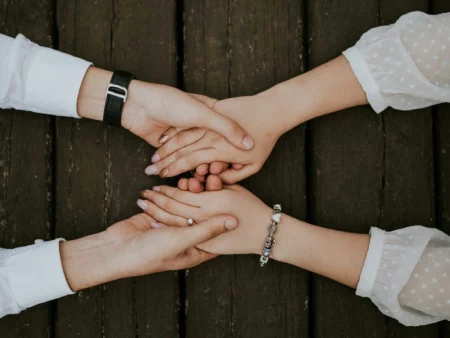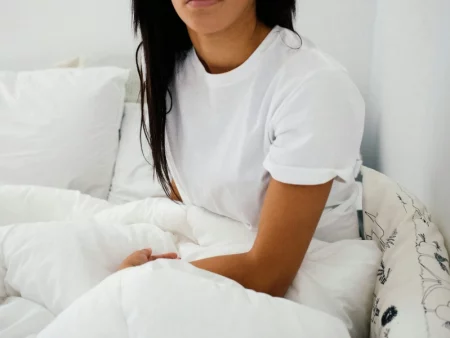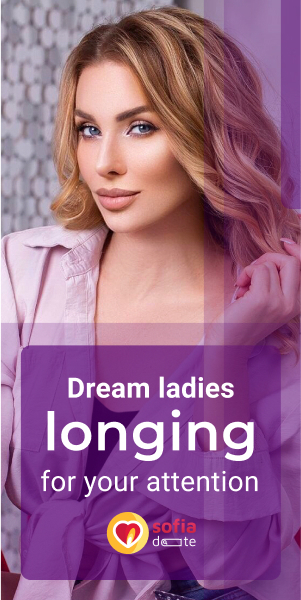In our ever-evolving world, the celebration of diversity has become a powerful force, especially in body appreciation. A seismic shift in societal perspectives is redefining beauty, embracing a tapestry of shapes, sizes, and unique features that make each individual extraordinary. This journey towards acceptance transcends mere appearance, exploring self-love and inclusiveness that permeates every aspect of life. From media portrayal to fashion campaigns, we’re witnessing a revolution championing confidence, empowerment, and dismantling outdated stereotypes. It’s a movement that celebrates the beauty in our differences, fostering a more inclusive and accepting society.
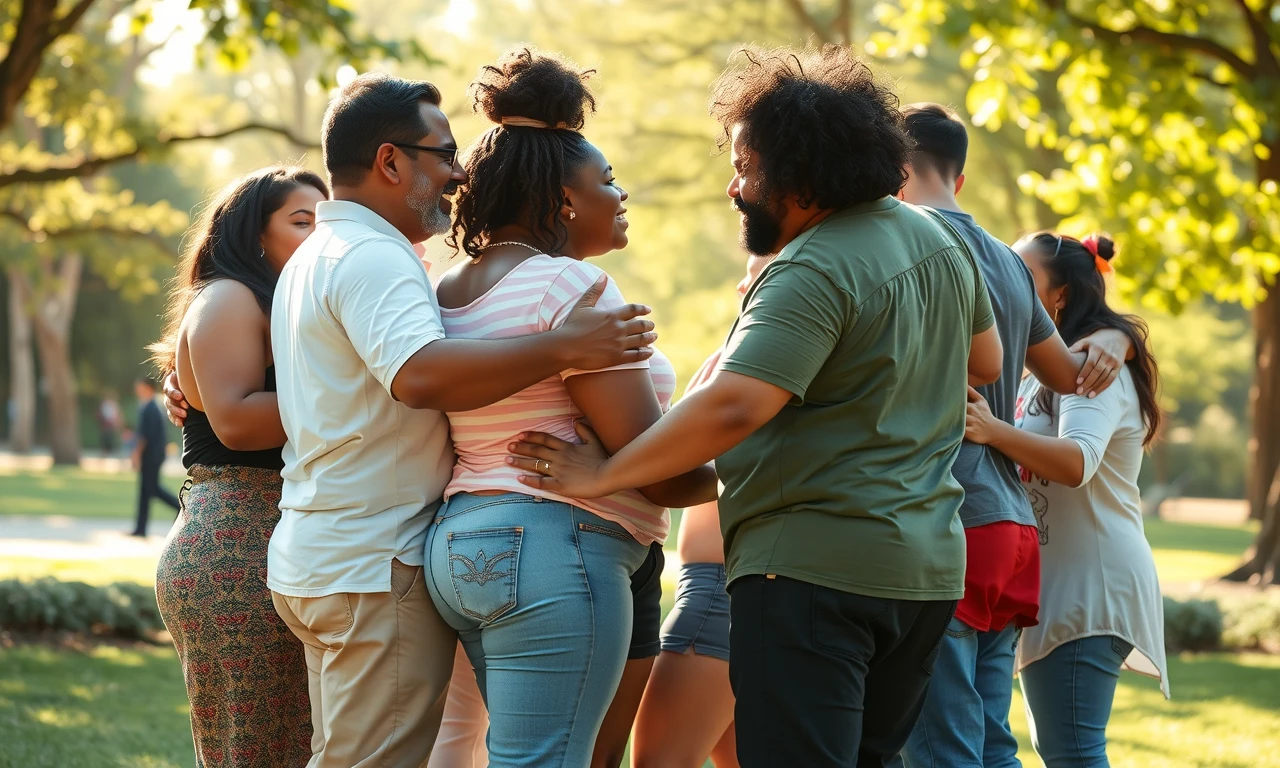
Understanding Body Diversity: More Than Just Shapes and Sizes
Body diversity celebrates the vast array of human physical variations beyond mere shape and size. It honors individuality, fostering respect for all forms of human expression. Understanding this concept promotes equality and challenges societal standards that often lead to stigmatization.
- Height spectrum: From petite to tall
- Weight range: Health exists at various weights
- Muscle composition: Different body types and athletic builds
- Skin tones: All pigmentations
- Physical abilities: Varied mobilities and functionalities
Embracing diversity fosters inclusion and challenges bias. Industry leaders must promote awareness through education and advocacy, combating discrimination and nurturing tolerance. This approach enhances overall well-being and encourages us to accept our unique physical representation.
The Impact of Media on Body Image Perception
The media’s influence on body image perceptions has been profound and far-reaching. For decades, narrow ideals have dominated screens and pages, shaping societal standards and individual self-perception. Magazine covers, advertisements, and entertainment have often promoted unrealistic types, contributing to widespread insecurities and harmful comparisons.
However, a shift is occurring. Increasingly, media outlets are embracing diversity in their portrayals, showcasing a wider range of types, skin tones, and physical features. This evolution is not just aesthetic; it’s transformative for viewers’ self-image and societal attitudes.
As we see more authentic representations in media, we open doors for self-acceptance and challenge long-held, limiting beliefs about worth. This shift is evident in campaigns like Dove’s Real Beauty, which features women of various sizes and ethnicities.
While progress is evident, the journey towards truly inclusive media representation continues. The impact of these changes is significant, fostering a more accepting society and empowering individuals to embrace their unique physical attributes. As media evolves, so too does our collective understanding of human variation in all its forms.
Breaking Down Beauty Standards: A Historical Perspective
Beauty standards have undergone a fascinating evolution throughout history, revealing the ever-changing nature of aesthetic ideals. From ancient civilizations to modern societies, perceptions of beauty have been shaped by cultural, social, and economic factors. The arbitrary nature of these standards becomes evident when examining their diversity across different eras and regions.
| Era/Culture | Beauty Ideal | Influencing Factors |
|---|---|---|
| Ancient Egypt | Slender figures, almond-shaped eyes | Religious beliefs, social status |
| Renaissance Europe | Voluptuous bodies, pale skin | Wealth symbolism, artistic trends |
| Victorian Era | Tiny waists, full hips | Corset fashion, social constraints |
| 1920s America | Boyish figures, short hair | Women’s liberation movement |
| Modern Global | Varied ideals, emphasis on health | Cultural exchange, wellness focus |
This historical perspective highlights the fluid nature of beauty standards, encouraging a more inclusive approach to physical appearance in contemporary society.
The Rise of Body Positivity Movement
The body positivity movement emerged as a powerful force, challenging conventional beauty ideals and fostering self-acceptance. Its roots trace back to the late 1960s, intertwining with feminist and civil rights movements. The National Association to Advance Fat Acceptance, founded in 1969, marked a significant milestone in advocating for size diversity.
The movement gained momentum in the digital age, with social media platforms amplifying voices and experiences. Influential figures like Tess Holliday and Ashley Graham became beacons of change, using their platforms to promote inclusivity and challenge industry norms.
Key milestones include the #effyourbeautystandards campaign, which went viral in 2013, and the increasing representation of diverse body types in mainstream media and fashion. This ongoing revolution continues to reshape societal perceptions, encouraging individuals to embrace their unique physical attributes with pride and confidence. The movement’s impact extends beyond appearance, fostering a culture of self-love and challenging deeply ingrained societal biases.
Health at Every Size: Debunking Myths
The Health at Every Size (HAES) approach challenges conventional wisdom about weight and health, promoting overall well-being rather than focusing solely on the scale. Let’s debunk some common myths:
- Myth: Weight determines health
- Reality: Health is multifaceted, influenced by various factors beyond weight
- Myth: Dieting leads to long-term weight loss
- Reality: Most diets fail, often resulting in weight cycling
- Myth: Thin equals healthy
- Reality: People of all sizes can be healthy or unhealthy
- Myth: Exercise is primarily for weight loss
- Reality: Physical activity offers numerous benefits regardless of weight changes
- Myth: BMI accurately measures health
- Reality: BMI fails to account for muscle mass, bone density, and individual variations
HAES emphasizes intuitive eating, joyful movement, and self-acceptance. By shifting focus from weight to holistic health, individuals can cultivate a more positive relationship with their bodies and improve overall well-being, embracing diversity in all its forms.
The Psychology of Body Image: Building Self-Esteem
The intricate relationship between body image and self-esteem forms the cornerstone of our psychological well-being. Our perception of our physical selves profoundly influences our confidence, affecting every facet of life. This complex interplay stems from societal pressures, personal experiences, and internalized beliefs.
Dr. Eliza Thornton, a renowned psychologist specializing in body image, offers this insight:
Our bodies are not merely vessels; they are the canvas upon which we paint our self-worth. By reframing our perspective, we can transform self-criticism into self-compassion, nurturing a positive body image that radiates confidence from within. This transformation is crucial in a world where diversity is increasingly celebrated.
To cultivate a healthier body image and bolster self-esteem, consider these strategies: practice mindful self-talk, challenge unrealistic ideals, focus on body functionality rather than appearance, engage in joyful movement, and surround yourself with diversity in media and relationships. Remember, building self-esteem is a journey, not a destination. Embrace the process with patience and kindness towards yourself, recognizing the unique value you bring to the world.
Inclusivity in Fashion: Celebrating All Body Types
The fashion industry is undergoing a transformative shift, embracing a spectrum of body types on runways and in campaigns. Brands like Savage X Fenty and Universal Standard are leading this revolution, offering sizes from XXS to 4XL. This inclusivity isn’t just about diversity; it’s reshaping consumer confidence and market dynamics. Pioneering designers are reimagining clothing construction, ensuring flattering fits for all shapes. The impact is profound: customers feel seen, valued, and empowered. This shift extends beyond aesthetics, influencing societal perceptions and self-image.
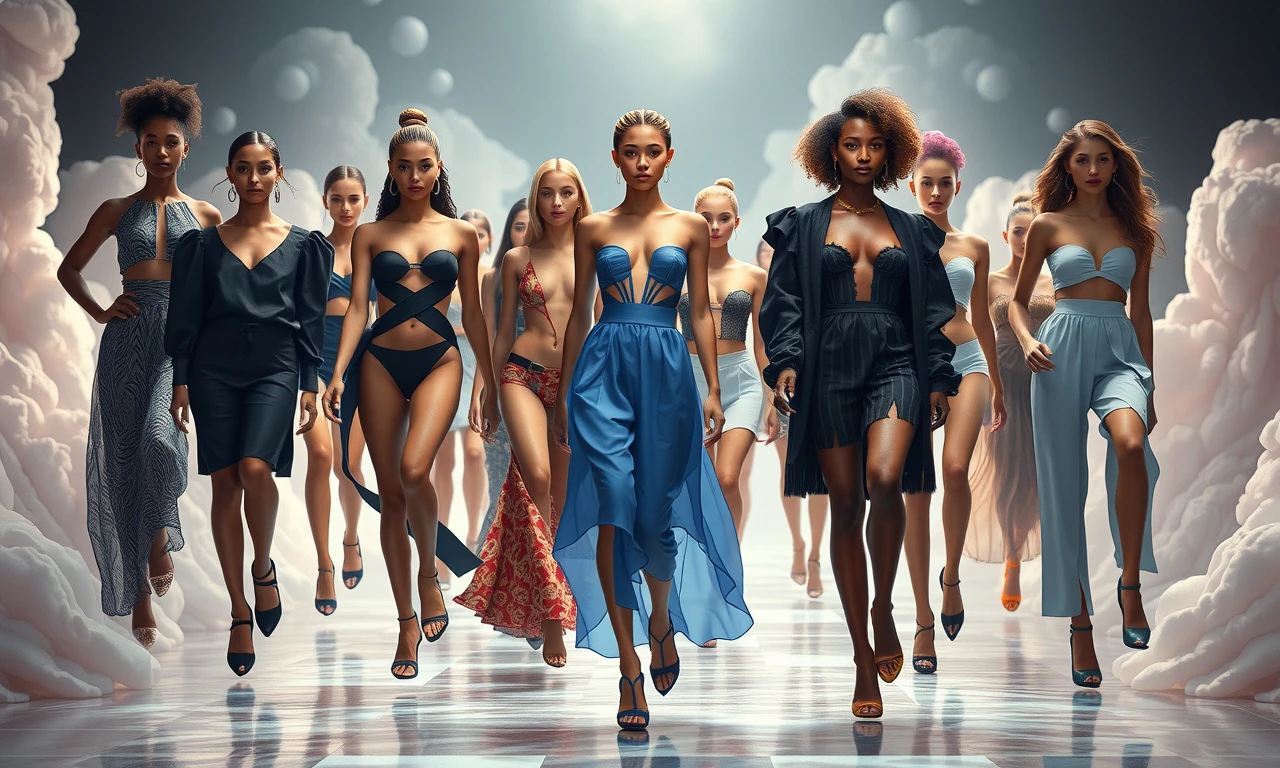
As inclusive fashion gains momentum, it’s not just a trend but a cultural reset. It’s fostering a world where style knows no size limits, celebrating the beauty of human variation. This evolution challenges traditional norms, encouraging a more inclusive and representative industry that reflects the true diversity of society.
Intersectionality and Body Positivity
The intersection of body positivity with race, gender, and disability reveals a complex human experience tapestry. This convergence challenges simplistic beauty notions, highlighting how societal biases intertwine with physical appearance. For individuals navigating multiple marginalized identities, embracing one’s body becomes an act of rebellion against layered oppression.
True body positivity recognizes our bodies as inseparable from lived experiences. It’s about honoring stories etched in skin, resilience in scars, and the diversity of journeys.
Inclusive representation within the movement is crucial, amplifying often-silenced voices. By centering marginalized perspectives, we forge a nuanced understanding of body acceptance, acknowledging intersecting forces shaping self-perception and societal treatment. This holistic approach paves the way for transformative change in perceiving and valuing all bodies.
Cultivating Body Appreciation: Practical Tips
Cultivating body appreciation is a journey of self-discovery and acceptance. Here are practical tips to nurture a positive relationship with your physical self:
- Practice mirror affirmations: Start your day by acknowledging three aspects you admire about your body
- Engage in joyful movement: Choose activities that bring pleasure, not punishment
- Curate your social media: Follow accounts that celebrate diversity and unfollow those that trigger negative self-talk
- Journal gratitude for bodily functions: Appreciate what your body does, not just how it looks
- Wear clothes that fit comfortably: Prioritize feeling good over squeezing into a certain size
- Practice mindful eating: Focus on nourishment and satisfaction rather than restriction
- Challenge negative self-talk: Replace critical thoughts with compassionate ones
- Engage in sensory self-care: Enjoy textures, scents, and sensations that please you
- Celebrate non-appearance-based achievements: Recognize your skills, talents, and character strengths
- Explore body-neutral hobbies: Engage in activities that focus on skills rather than appearance
- Practice self-compassion: Treat yourself with the same kindness you’d offer a friend
The Impact of Language: Shifting the Conversation
The power of language in shaping body image perceptions is profound. Our words can uplift or undermine, significantly impacting self-esteem and societal attitudes. By consciously shifting our vocabulary, we foster a more positive and inclusive environment for all body types.
| Negative Body Talk | Positive, Affirming Language |
|---|---|
| “I’m so fat.” | “My body is strong and capable.” |
| “He’s too skinny.” | “Everyone’s body is unique.” |
| “She needs to lose weight.” | “Health comes in many forms.” |
| “I hate my stomach.” | “My body deserves respect.” |
Reframing common statements can transform perspectives. Instead of “I hate my thighs,” try “My legs carry me through life.” This subtle shift promotes body appreciation and fosters a culture of diversity. By choosing words that empower rather than criticize, we create a more compassionate dialogue about bodies, challenging harmful stereotypes and promoting self-acceptance.
Body Diversity in Sports and Fitness
In the realm of sports and fitness, diversity shines through the incredible array of physiques excelling across disciplines. From the lean, sinewy frames of marathon runners to the powerful, muscular builds of weightlifters, athletes showcase how varied body types can be advantageous in different sports. Take, for instance, the compact, agile gymnasts who leverage their small stature for intricate routines, or the tall, long-limbed swimmers gliding effortlessly through water.
Basketball players often benefit from height, while wrestlers and judokas thrive with lower centers of gravity. In endurance sports, lighter frames may excel, while contact sports often favor more robust physiques. This rich tapestry of body types in athletics challenges conventional notions of the “ideal” athlete, proving that peak performance comes in all shapes and sizes.
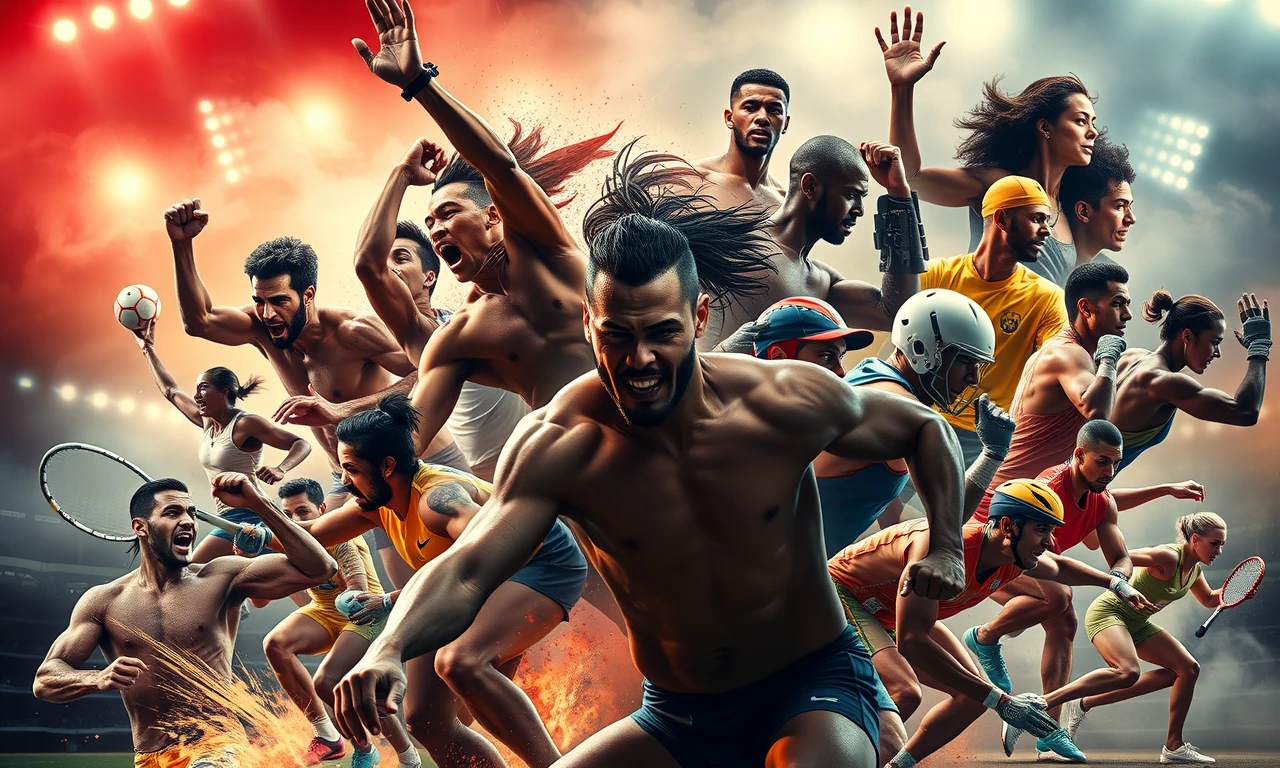
Embracing this diversity not only celebrates individual strengths but also inspires a more inclusive approach to fitness and sport participation at all levels. It underscores the importance of recognizing and nurturing the unique physical attributes that contribute to athletic success across various disciplines.
Challenging Weight Stigma in Healthcare
Weight stigma in healthcare persists, often resulting in inadequate care and treatment avoidance. Dr. Samantha Chen, an advocate for weight-inclusive care, emphasizes a necessary paradigm shift:
Healthcare must embrace a holistic view of patient well-being. By focusing on overall health indicators rather than arbitrary weight metrics, we can provide more effective, compassionate care for all body types.
This approach recognizes health’s multifaceted nature, encompassing physical, mental, and emotional aspects. By prioritizing comprehensive wellness over weight alone, healthcare providers can foster trust, improve patient outcomes, and promote genuine health across human diversity. This shift benefits individual patients and contributes to a more equitable and effective healthcare system overall, challenging long-held biases and improving access to quality care for everyone.
Body Positivity for All Ages
Cultivating body positivity evolves throughout life, fostering self-esteem and well-being at every stage. Age-specific strategies promote a positive body image:
- Childhood: Encourage imaginative play celebrating physical abilities
- Adolescence: Develop talents beyond appearance; practice self-compassion
- Young Adulthood: Challenge beauty norms; embrace personal style
- Middle Age: Appreciate resilience; focus on health, not aesthetics
- Older Adulthood: Honor life experiences reflected in physical changes
Positive role models are crucial. Parents, educators, and community leaders foster self-acceptance by modeling confidence and challenging stereotypes. Embracing human diversity creates a compassionate society for all generations. Implementing body-positive education in schools reinforces these values early. Media representation of varied body types normalizes diversity, while inclusive fashion empowers individuals of all sizes. By celebrating our unique forms, we cultivate a culture of respect and acceptance, promoting holistic well-being across the lifespan.
The Economic Impact of Body Diversity Acceptance
The embrace of body diversity across industries has ignited a significant economic shift, reshaping consumer spending patterns and driving substantial growth. This trend reflects a broader societal movement towards inclusivity, translating into tangible business opportunities.
| Market Segment | Growth Rate | Annual Revenue | Key Factors |
|---|---|---|---|
| Plus-Size Apparel | 4.3% | $24.6 billion | Expanded size ranges, stylish options |
| Inclusive Beauty | 5.7% | $18.9 billion | Diverse shade ranges, targeted marketing |
| Adaptive Fashion | 3.9% | $9.2 billion | Innovative designs, functionality focus |
By catering to diverse body types, businesses expand their customer base and foster brand loyalty. This approach resonates with consumers who feel valued, leading to increased engagement and repeat purchases. The economic impact extends beyond direct sales, influencing product development, marketing strategies, and corporate culture, ultimately driving innovation and competitiveness in the global marketplace.
Body Neutrality: An Alternative Approach
Body neutrality offers a fresh perspective on self-image, shifting focus from appearance to functionality. This approach encourages individuals to appreciate their bodies for what they can do rather than how they look. It’s particularly beneficial for those grappling with body image issues, providing a middle ground between negativity and forced positivity.
A proponent of body neutrality might say:
Your body is an instrument, not an ornament. It’s okay to feel neutral about your appearance; what matters is how you live and experience life through your physical self. Consider how your body allows you to engage in activities you enjoy, whether it’s hiking, dancing, or simply breathing deeply.
This mindset can alleviate the pressure to constantly feel positive about one’s body, which can be exhausting and unrealistic. Instead, it fosters a sense of diversity in experiences and focuses on overall well-being. By embracing body neutrality, individuals can cultivate a more balanced relationship with their physical selves, leading to improved mental health and self-acceptance. This approach also encourages a broader understanding of human variation, promoting a more inclusive societal perspective.
The Role of Education in Promoting Body Diversity
Educational institutions play a pivotal role in shaping attitudes towards body diversity. By implementing comprehensive strategies, schools and universities can foster a culture of acceptance and self-esteem. Key approaches to promote body-positive education include:
- Integrating inclusive themes across curricula
- Training educators on respectful language and practices
- Hosting media literacy workshops
- Implementing anti-discrimination policies
- Offering diverse physical education options
- Showcasing varied role models
- Creating safe spaces for open discussions
- Collaborating with health professionals
- Encouraging student-led initiatives
- Developing mentorship programs
Early intervention is crucial in developing healthy body attitudes. By addressing these issues during formative years, we can cultivate a generation that embraces human variation and challenges harmful stereotypes, paving the way for a more inclusive society.
Celebrating Body Diversity Through Art and Media
Art and media have become powerful catalysts for celebrating body diversity, challenging societal norms and reshaping perceptions. Photographers like Substantia Jones capture the beauty of all body types through her “Adipositivity Project,” while artists such as Tess Holliday use their platforms to promote self-love. The fashion industry has also embraced change, with brands like Aerie featuring unretouched models in campaigns that resonate deeply with consumers.
Television shows like “Shrill” and “Euphoria” have introduced complex characters of different sizes, challenging stereotypes and offering nuanced portrayals. These cultural productions not only reflect changing attitudes but actively shape them, fostering a more inclusive society. By showcasing a range of body types in art, media, and fashion, creators are expanding the definition of beauty and encouraging viewers to appreciate the rich tapestry of human forms. This shift in representation is gradually transforming societal perceptions, promoting a culture where all bodies are valued and celebrated for their unique attributes.
The Future of Body Diversity: Trends and Predictions
The landscape of body diversity continues to evolve, with current attitudes shifting from narrow ideals to broader acceptance. Media and fashion industries are slowly embracing varied physiques, but the future promises even more profound changes. Experts predict a surge in personalized health approaches, moving away from one-size-fits-all metrics. Technology may play a pivotal role, with virtual reality experiences fostering empathy across body types.
| Aspect | Current Trend | Future Projection |
|---|---|---|
| Fashion | Expanding size ranges | Body-adaptive clothing |
| Media | Increased representation | Normalized diversity |
| Healthcare | Weight-neutral approaches | Holistic wellness focus |
Challenges remain, including ingrained societal biases and resistance to change. Yet, opportunities abound for innovative solutions and cultural shifts that celebrate human variation. The journey towards true body diversity requires ongoing effort and societal commitment.
Embracing Your Unique Self: A Call to Action
Your uniqueness is your greatest asset. Embrace the body that carries you through life, honoring its strength and resilience. Challenge societal norms and celebrate human diversity.
Your body is a masterpiece, painted with experiences and adorned with stories. Cherish it, for there is no other like it.
Choose self-love, practice compassion, and be the change. Together, we can create a future where every body is valued.
Frequently Asked Questions About Body Diversity and Appreciation
How can I improve my body image and self-esteem?
Practice self-compassion and challenge negative self-talk. Focus on bodily capabilities, not appearance. Surround yourself with positive influences. Engage in confidence-boosting activities. Celebrate your unique attributes. Embrace diversity in all forms.
What role does media play in shaping body image perceptions?
Media significantly shapes body image perceptions, often setting unrealistic standards. However, recent shifts showcase increasing diversity, challenging traditional ideals. This evolution influences self-perception, societal attitudes, and cultural norms surrounding physical appearance. These changes reflect growing awareness of human variation.
How can fashion be more inclusive of diverse body types?
Fashion can embrace diversity by expanding size ranges, using varied models, and designing adaptive clothing. Offering customization, improving fit technology, and collaborating with underrepresented designers creates inclusive collections. Educating consumers about body variation fosters a welcoming industry.
What is the Health at Every Size (HAES) approach?
Health at Every Size (HAES) promotes well-being without focusing on weight loss. It emphasizes intuitive eating, joyful movement, and body acceptance. This method challenges traditional weight-centered health models, advocating for a holistic view of wellness embracing human diversity.
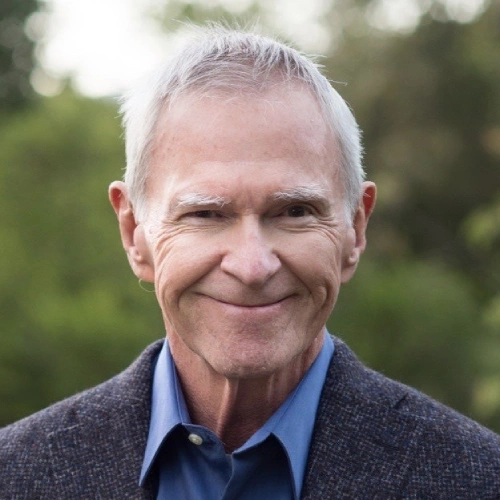
Gay Hendricks, born on January 20, 1945, is a renowned American psychologist and author specializing in personal growth, relationships, and body intelligence. He earned his Ph.D. in psychology from Stanford University in 1974 and later taught at the University of Colorado, where he became a full professor in the Counseling Psychology Department. During his 21-year tenure there, he founded The Hendricks Institute.
